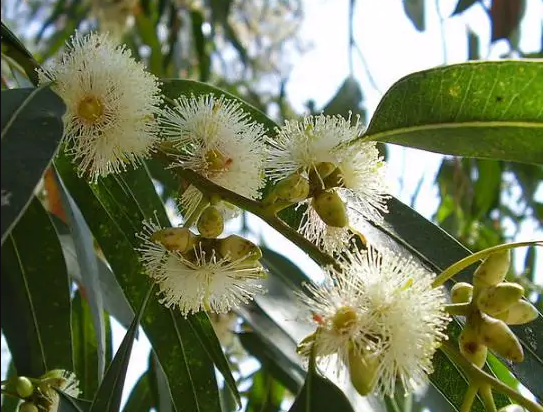Anoushka Jain
Himachal has long been recognised as a rich source of medicinal plants, and many herbal medical methods are regarded as “living traditions.” Traditional Himalayan medicinal herbs are used to treat many acute and chronic diseases, particularly in developing nations with meagre resources.
Niharika Sharma, pursuing PhD and Neeraj Kumari of Msc along with their team, including Kamlesh and Ashok Pundir under the guidance of Dr Radha, are conducting research on ethnoveterinary medicinal herbs utilised by tribal groups in the Himalayan region to cure conditions like circulatory, gynaecological, and dermatological illnesses.
The study by Neeraj focuses on 108 plants of Kangra, including Punica Granatum, Cannabis Sativa, more generally known as Hemp, Eucalyptus Globulus, also known as Blue Gum, Cuscuta Reflexa, or Giant Dodder, Solanum Erianthum, Bambusa Vulgaris, and many others. After research spanning 8-10 months and documentation of ethnomedicinal information, they discovered the use of these herbs to treat problems like amnesia, skin disorders, eye disorders, diabetes, menstrual disorders, and snake bites. The project aimed to catalogue flora from undiscovered regions to reduce their extinction risk.
The western Himalayan tribal people in Uttarakhand and Himachal Pradesh were the main subjects of Niharika’s study. Due to the lack of veterinary care in the high Himalayan mountains, these tribal people have been taking these medications for generations. For instance, the plants used in this research are Picrorhiza Kuurroa, Bergenia Ciliata, Trillium Govanianum, and Viola Odorata. Pharmaceutical medicines are being developed using the phytochemicals found in these plants. For a long time, livestock has been given these plants as topical and oral decoctions.
Leaf powder extracts of these plants are applied to the skin with lukewarm water. Now, these plants are currently being studied to develop potent medications.
“Documentation of these plant species and the related traditional knowledge is crucial for the well-being of future generations as well as their conservation”, said Neeraj. They also expressed gratitude to their mentor Dr Radha and the registrar, Prof Sunil Puri.
